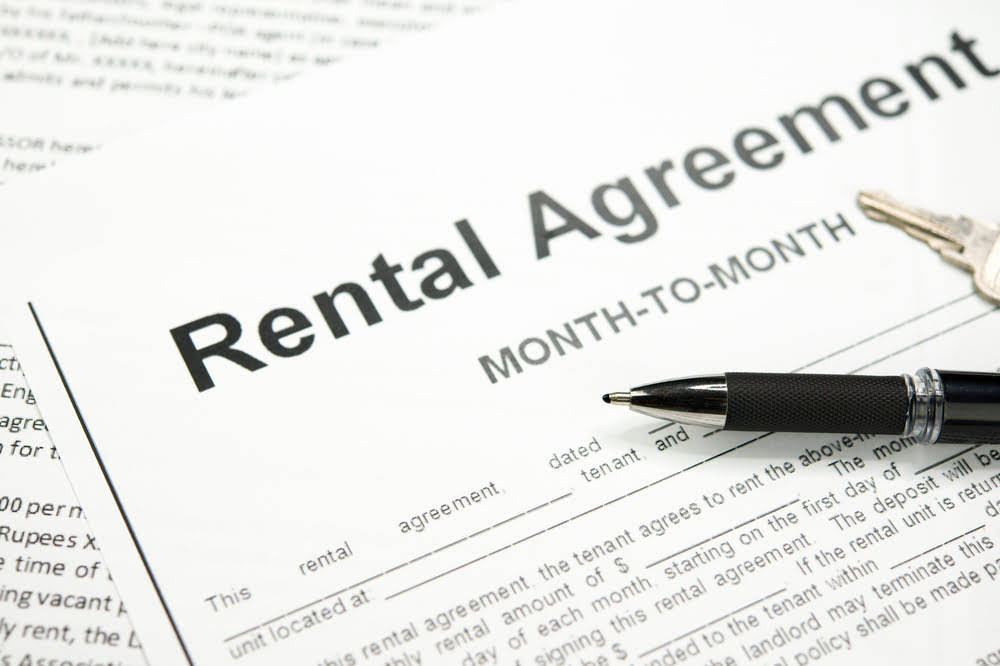
These are profits that the business has chosen to reinvest back into its operations or hold for future use. Over time, consistent profitability can significantly increase a company’s retained earnings balance. Equity is also known as shareholder’s equity and is easily available as a line item in the balance sheet. It is the amount received by the shareholders if we liquidate all the company assets and repay all the debt.
What Are the Components of Shareholder Equity?
Financial analysts and investors closely examine a company’s equity to assess its financial stability. A higher equity compared to liabilities generally indicates a stronger financial position. This is because the company has less debt burden and more ownership stake held by shareholders. So, understanding equity is crucial for anyone trying to gauge a company’s financial well-being. Suppose a company is like a giant pie, and each slice represents a unit of ownership called a share (also known as stock).
What is Owner’s Equity?

In short, equity measures the net worth of a company or leftover after deducting all the liabilities value from the value of the assets. As such, it is a common financial metric which is used by most of the analysts to assess the financial health of a company. The cost of equity plays a pivotal role in determining the weighted average cost of capital (WACC), as equity investors typically demand higher returns compared to debt holders.
What is Double-Entry Accounting?
- To obtain the amount, the equity components (see above) are added up and then the company’s debt is subtracted from the amount.
- The accounting equation is displayed on a company’s balance sheet, a key financial statement.
- If this figure is positive, the company has sufficient assets to cover its liabilities.
- For example, if the total liabilities of a business are $50K and the owner’s equity is $30K, then the total assets must equal $80K ($50K + $30K).
- Mezzanine transactions often involve a mix of debt and equity in subordinated loans, warrants, common stock, or preferred stock.
Return on equity is a common financial metric that compares a company’s income to its total shareholders’ equity. If we rearrange the balance sheet equation, we’re left with the shareholders’ equity formula. Shareholders’ equity is the total value of the company expressed in dollars. It’s the amount that would remain if the company liquidated all its assets and paid off all its debts.
Use This Free Tool to Calculate Cost of Equity

In recent years, more companies have been increasingly inclined to participate Bookkeeping for Chiropractors in share buyback programs, rather than issuing dividends. In other words, the cost of debt is lower for established companies operating in mature low-risk markets, albeit the notion that the automotive industry is not at risk of disruption is misinformed. Assets are economic resources controlled by a business that are expected to provide future economic benefits, such as generating cash inflows, reducing cash outflows, or improving operational efficiency. Assets are categorized based on their liquidity, or how quickly they can be converted into cash. Homeowners can borrow against the equity they’ve built through home equity loans or home equity lines of credit.
Types of business assets may include:

It is sometimes called net assets, because it is equivalent to assets minus liabilities for a particular business. ” The answer to this question depends on the legal form of the entity; examples of entity types include sole proprietorships, partnerships, and corporations. A sole proprietorship is a business owned by one person, and its equity would typically consist of a single owner’s capital account. Conversely, a partnership is a business owned by more than one person, with its equity consisting of a separate capital account for each partner.
Subtracting Total Liabilities from Total Assets

This can inflate earnings per share (EPS), but it does not affect actual http://www.craigkellogg.com/pilot-bookkeeping-reviews-stories-from-real/ performance or growth rates. An extremely high ROE can be a good thing if net income is extremely large compared to equity because a company’s performance is so strong. Average shareholders’ equity is calculated by adding equity at the beginning of the period.
The balance sheet equation is the foundation of the dual entry system of accounting. It shows that for every debit, It shows that there is an equal and opposite credit for every debit, and the sum of all the assets is always equal to the total of all its liabilities and equity. Each of these numbers—total assets, total liabilities, and equity—are reported on a company’s balance sheet. With net income in the numerator, Return on Equity (ROE) looks at the firm’s bottom line to gauge overall profitability for the firm’s owners and investors.
- Companies can issue new shares by selling them to investors in exchange for cash.
- After six months, Speakers, Inc. is growing rapidly and needs to find a new place of business.
- Each component of owner’s equity—including the impact—is described in the following table.
- If it is positive, the company has enough assets to cover its liabilities.
- In accounting, equity refers to the book value of stockholders’ equity on the balance sheet, which is equal to assets minus liabilities.
- In the below-given figure, we have shown the calculation of the balance sheet.

While some might focus on quarterly results, others may be more interested in long-term growth strategies. A high ROE is a positive sign to investors, signaling that a company is effectively equation for equity producing profits with the money invested into it. It’s also a growth signal, as a high number indicates that a business may be able to increase its earnings over time.
